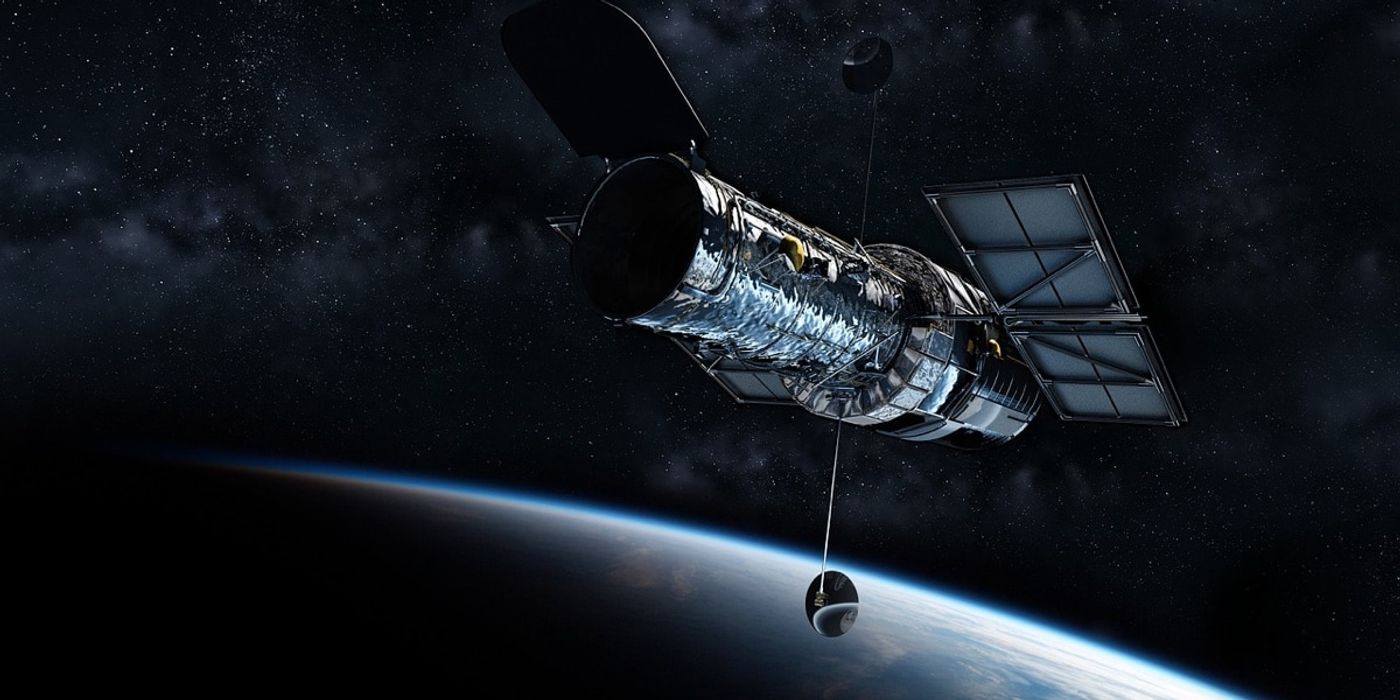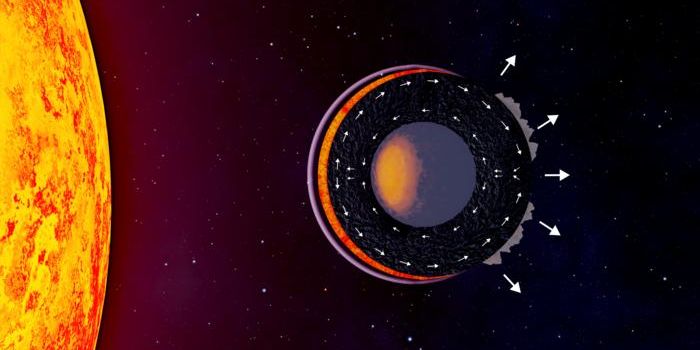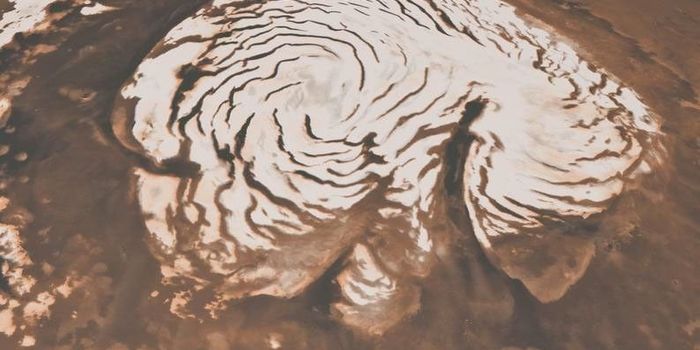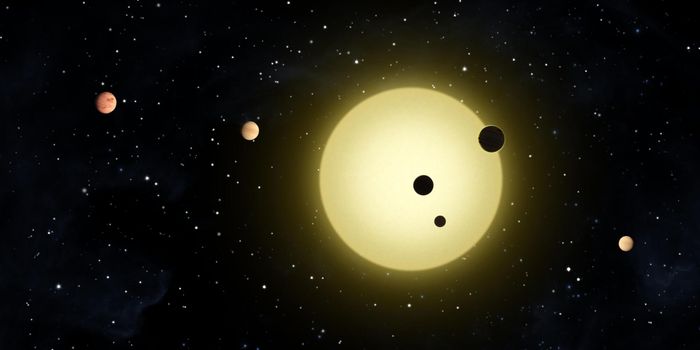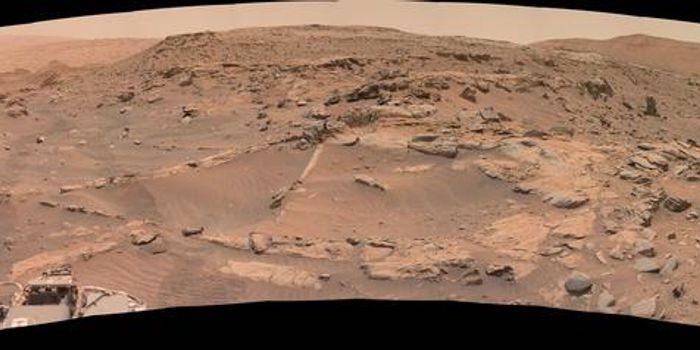NASA Considers Building Space Telescopes in Space to Reduce Cost and Risk
Space telescopes are particularly important pieces of equipment, especially for astrophysicists, planetary scientists, and other space professionals that spend their entire lives studying the universe for specific answers for the endless slew of questions regarding where we all came from. On the other hand, space telescopes are tricky to build, and launching them into outer space poses a high risk for damaging the sensitive equipment that makes them tick.
Image Credit: Pixabay
Given the apparent circumstances, it should come as no surprise that NASA is currently investigating novel ways of building future space telescopes. In fact, NASA determined from a recent study that building space telescopes from start to finish in the microgravitational environment of outer space could be the best answer. NASA is calling it in-space assembly, or iSA for short.
Related: What's taking so long to complete the James Webb Space Telescope?
All significant space telescopes to date have been built on Earth and then delivered to space on a rocket once completed, and it will be no different for the upcoming James Webb Space Telescope. But NASA’s latest approach involves contemplating the use of autonomous robots to fasten modular space telescope components in space.
While the Hubble Space Telescope has been serviced in outer space before, this proposal is starkly different in that NASA wants to build space telescopes from top to bottom in outer space. It would reduce risks associated with launching fully assembled space telescopes because losses could be more easily replaced. Additionally, developing a backbone for such a concept would also make in-space telescope servicing more feasible.
Of course, no idea is without its drawbacks. NASA claims that modular space-built observatories would reduce the number of anomaly resolution options and necessitate more money and resources for building parts and modules – especially the robotic machines that would be assembling these large objects in outer space.
Related: Everything you need to know about the ESA's upcoming Euclid Space Telescope
All in all, the pros outweigh the cons, and it’s entirely conceivable that the James Webb Space Telescope could be the last space telescope to be fully assembled here on Earth. It we’re lucky, perhaps those very same autonomous in-space building techniques could go on to build vital life support systems for deep space missions such as those involving the Moon and perhaps even Mars.
Source: NASA
